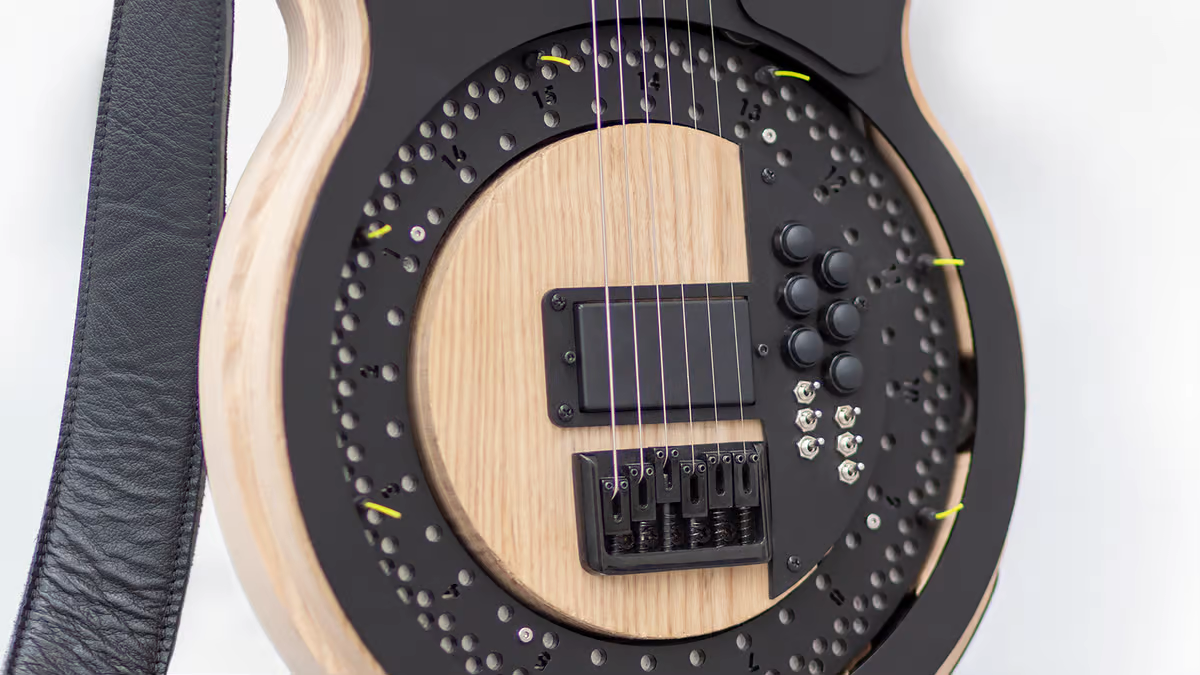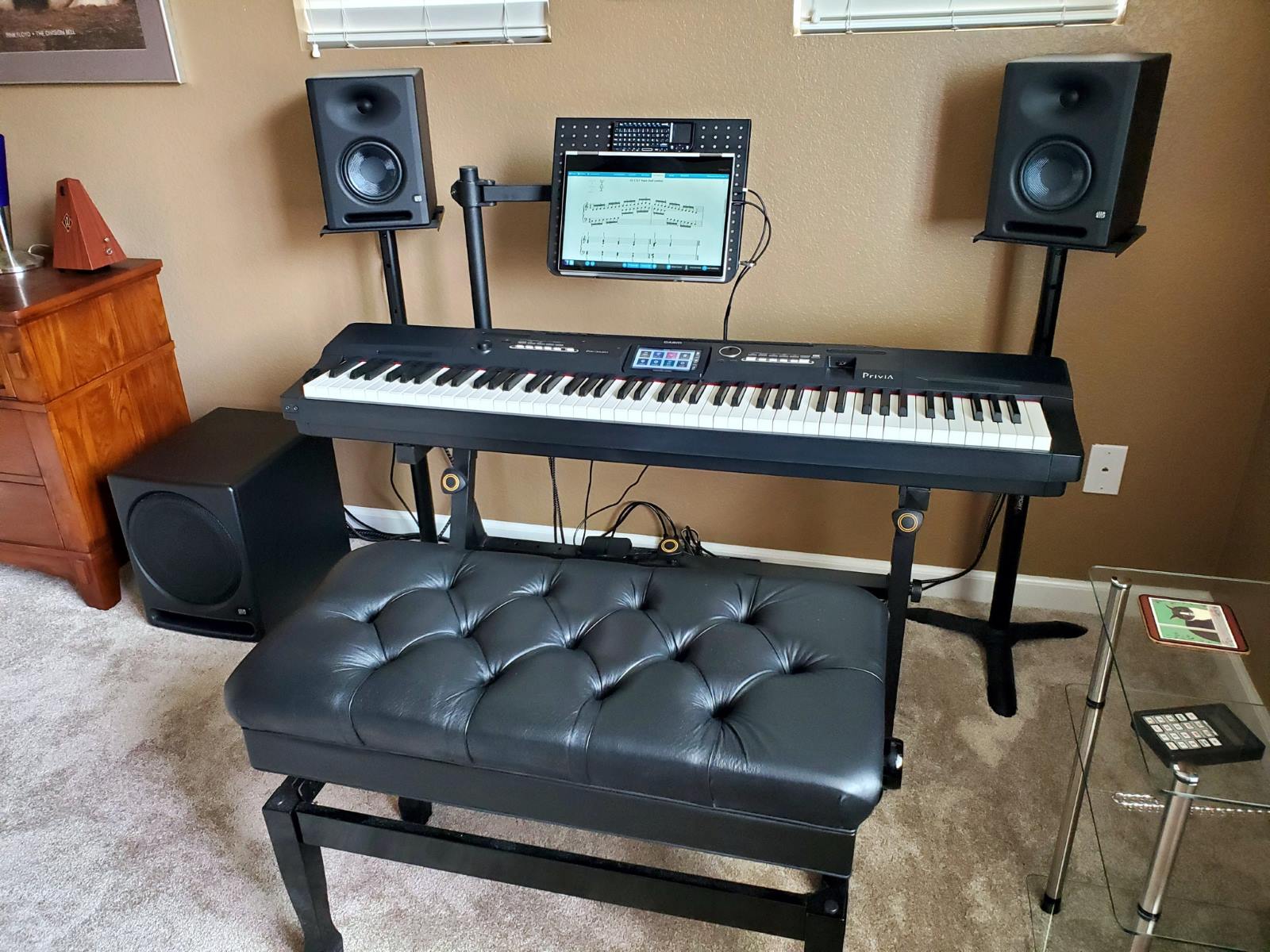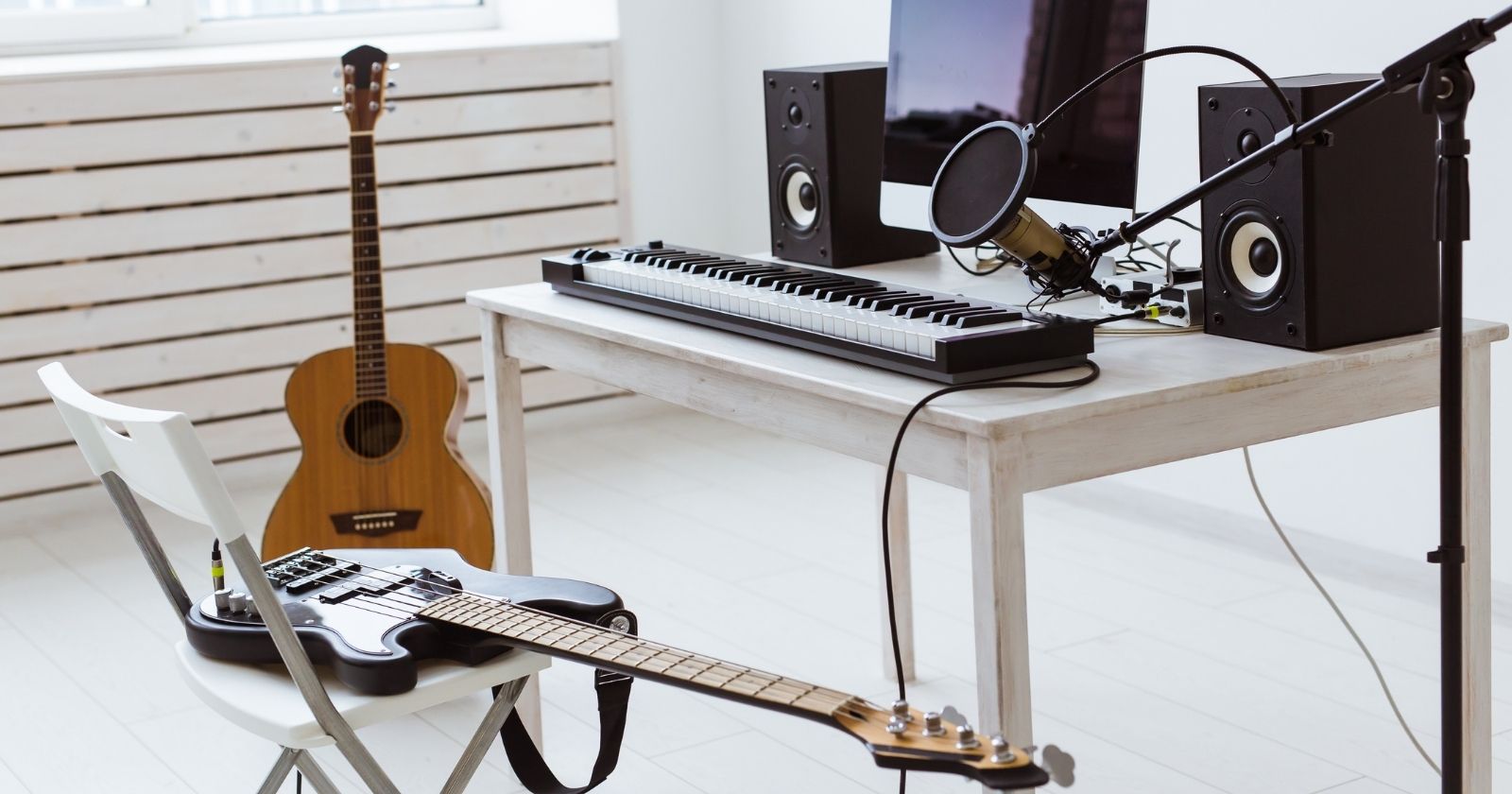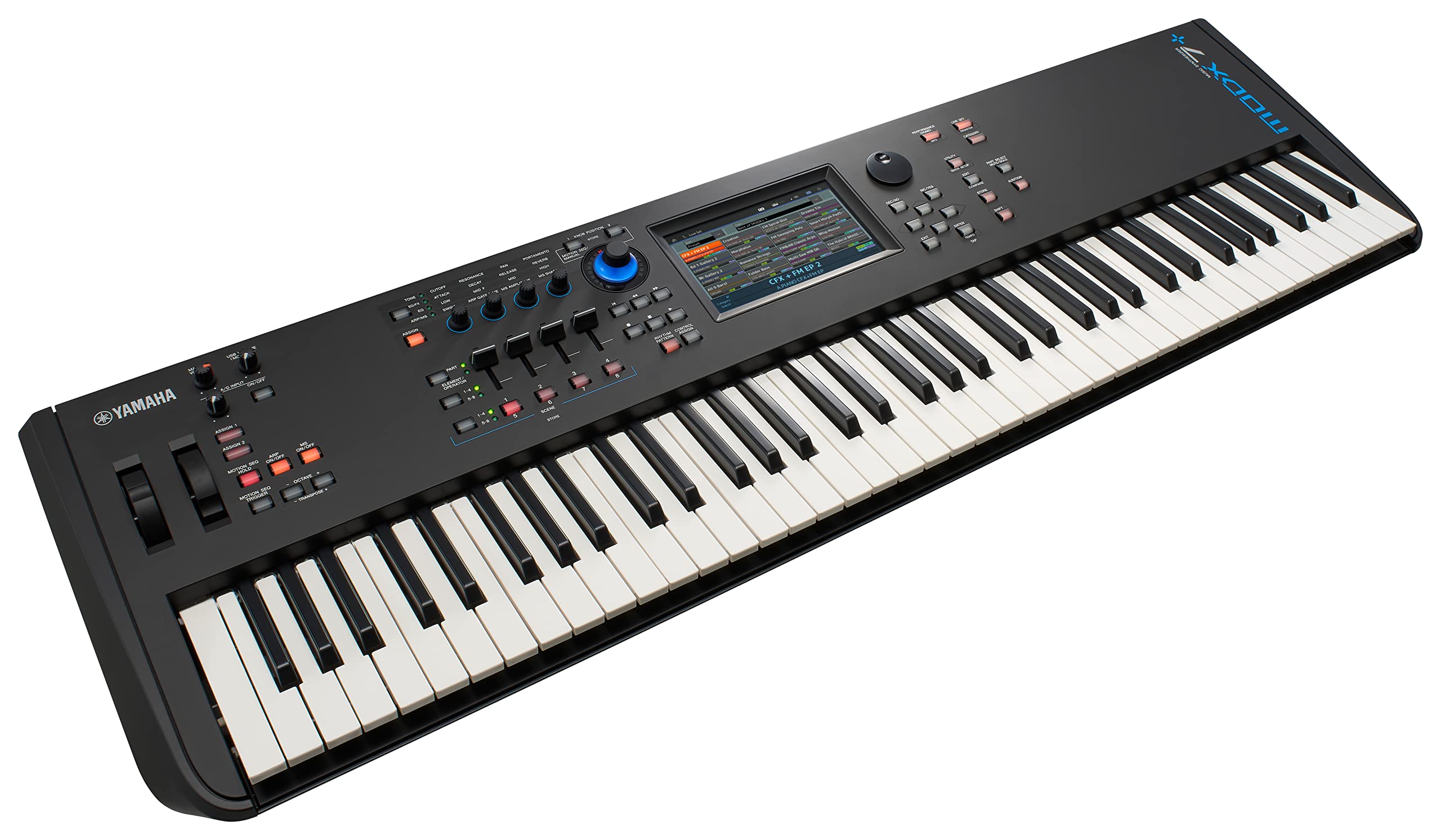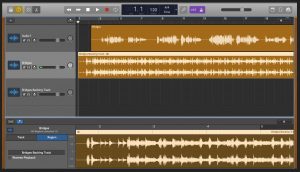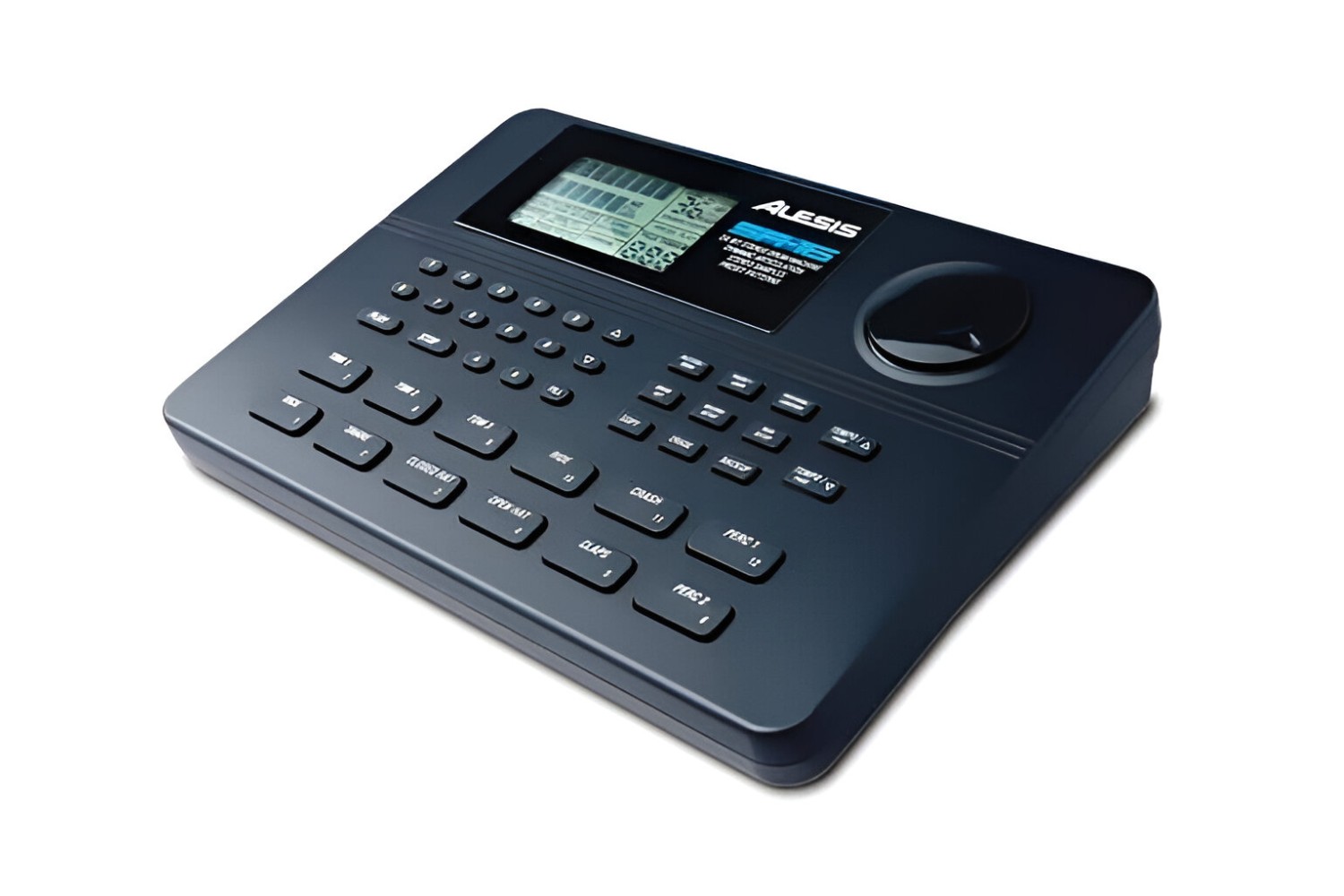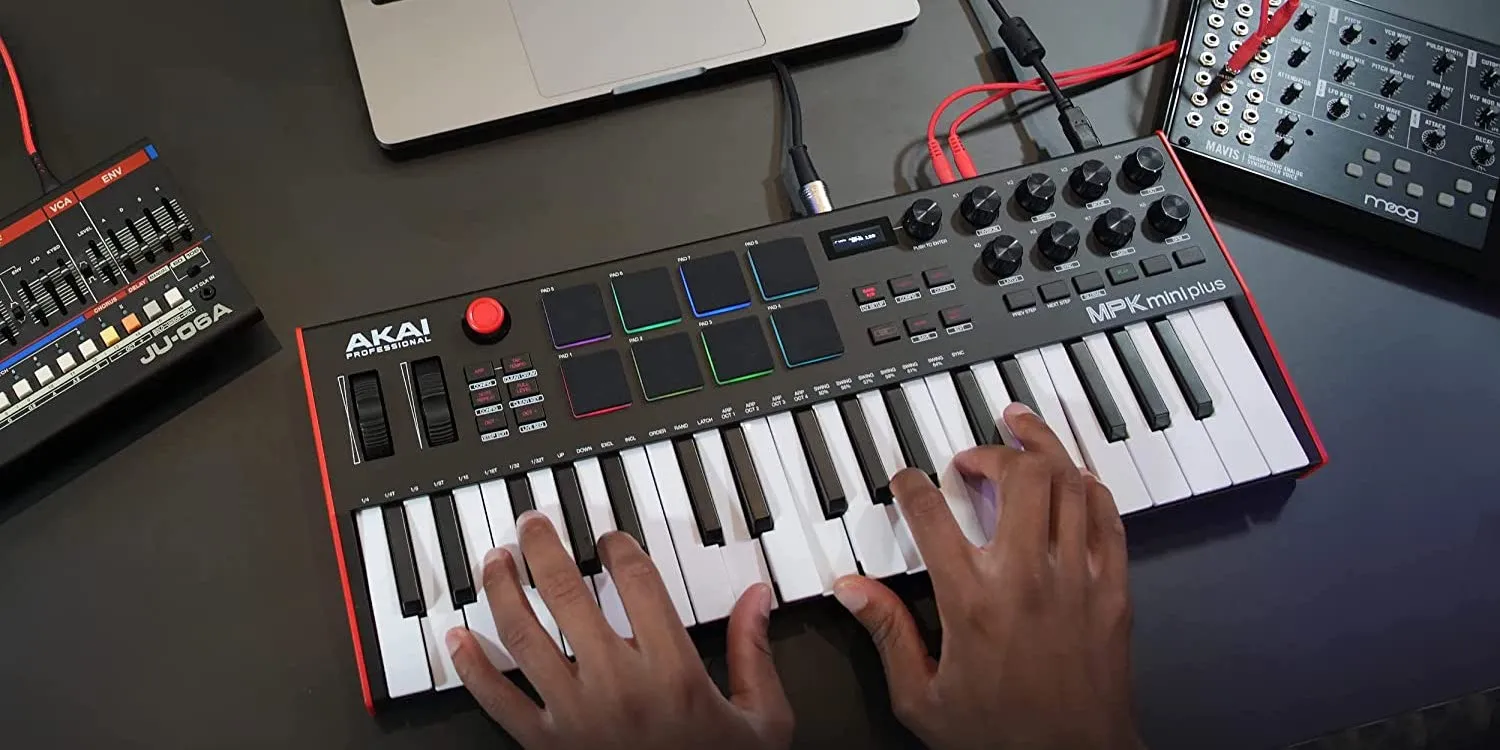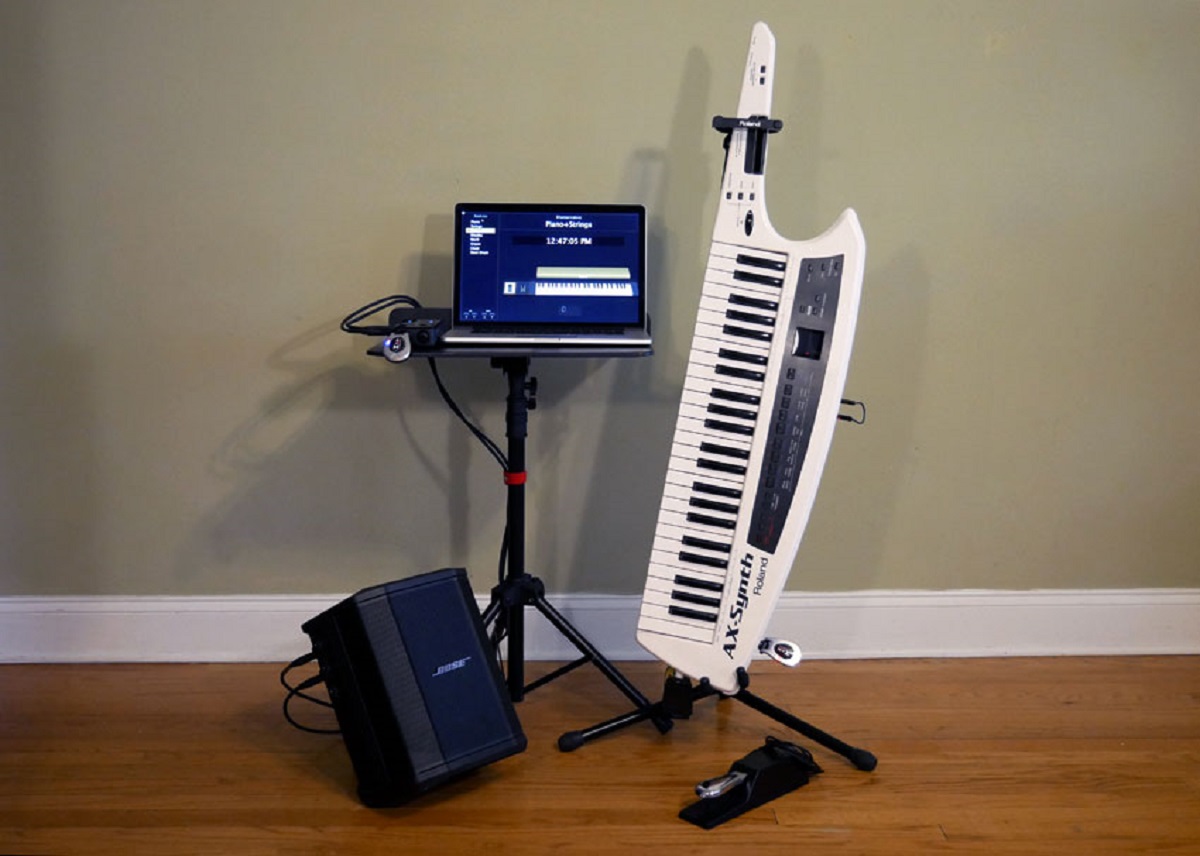Introduction
Understanding the Basics of Synthesizing an Electric Guitar
Welcome to the fascinating world of synthesizing an electric guitar! Whether you’re a seasoned musician or an aspiring producer, the ability to create authentic guitar sounds using synthesizer software and plugins can significantly expand your sonic palette. By blending traditional guitar techniques with cutting-edge technology, you can craft a diverse range of tones, from classic rock riffs to ambient textures and beyond.
In this comprehensive guide, we’ll delve into the essential steps for synthesizing an electric guitar, covering everything from selecting the right instrument and pickups to mastering the intricacies of effects, amplifiers, and synthesizer software. By the end of this journey, you’ll be equipped with the knowledge and skills to infuse your music with captivating guitar sounds that defy the limitations of traditional recording methods.
Whether you’re aiming to emulate the raw aggression of a distorted power chord, the ethereal shimmer of a clean arpeggio, or the otherworldly wails of a modulated lead, the art of synthesizing an electric guitar offers boundless creative possibilities. So, grab your virtual pick, tune in to the frequency of innovation, and let’s embark on this electrifying exploration of guitar synthesis!
Choosing the Right Guitar and Pickups
When venturing into the realm of synthesizing an electric guitar, the foundation of your sonic journey lies in selecting the right instrument and pickups. The characteristics of the guitar and pickups you choose will profoundly influence the tonal possibilities at your disposal, shaping the timbre, dynamics, and overall expressiveness of your synthesized guitar sound.
1. Guitar Selection:
Begin by considering the sonic qualities and playing feel you wish to achieve. While any electric guitar can be used for synthesis, certain types are particularly well-suited for specific genres and tonal palettes. For instance, a single-coil-equipped Stratocaster may excel in delivering bright, articulate tones ideal for clean and mildly overdriven sounds, while a humbucker-equipped Les Paul can offer a thicker, more aggressive character suited for heavier distortion and lead tones.
Additionally, the guitar’s construction materials, scale length, and body shape can all impact the overall sound and playability. For instance, a guitar with a longer scale length may provide enhanced clarity and string tension, while guitars with different body woods can impart distinct tonal characteristics, from the warmth of mahogany to the brightness of maple.
2. Pickup Considerations:
The choice of pickups plays a pivotal role in shaping the fundamental tonal characteristics of the guitar. Single-coil pickups are renowned for their clarity, articulation, and bright tonal profile, while humbuckers are prized for their thicker, more powerful sound with reduced noise and increased sustain. Furthermore, the positioning of the pickups can significantly influence the tonal response, with bridge pickups offering a more aggressive and treble-rich sound, and neck pickups delivering a warmer, rounder tone.
When synthesizing guitar tones, it’s essential to consider how different pickup configurations and combinations can contribute to the sonic palette you wish to explore. Experimenting with various pickup settings and guitar models will allow you to uncover a diverse array of tonal possibilities, enabling you to craft compelling and expressive synthesized guitar sounds that resonate with your creative vision.
Understanding Effects and Amplifiers
As you delve into the realm of synthesizing electric guitar tones, a fundamental aspect of sculpting your sound involves understanding the role of effects and amplifiers. These sonic tools serve as the building blocks for crafting diverse textures, adding depth, and imbuing your synthesized guitar sounds with character and expressiveness.
1. Effects Exploration:
Effects pedals and processors play a pivotal role in shaping the sonic identity of a synthesized electric guitar. Whether you’re aiming to infuse your sound with lush reverb, soaring delay, searing distortion, or otherworldly modulation, the realm of effects offers a vast sonic playground to explore. By experimenting with different effects and their parameters, you can transform the timbre and spatial characteristics of your synthesized guitar, elevating it from a mere emulation to a unique sonic entity.
Furthermore, the order in which effects are arranged can dramatically alter the final sonic output. For instance, placing distortion before modulation effects can yield a radically different sound compared to placing modulation before distortion. Understanding the nuances of effect routing and signal flow empowers you to craft captivating and dynamic guitar tones that transcend the confines of traditional guitar recording.
2. Amplifier Simulation:
Amplifiers are integral to the sonic identity of an electric guitar, and in the realm of synthesis, virtual amplifier simulations play a crucial role in shaping the tonal characteristics of your guitar sound. Whether you’re seeking the raw aggression of a high-gain stack, the warmth of a vintage combo, or the pristine clarity of a solid-state amp, amplifier simulations offer a diverse array of sonic profiles to explore.
Understanding the intricacies of amplifier parameters, such as gain, EQ, and cabinet simulation, enables you to tailor the sonic characteristics of your synthesized guitar to suit a broad spectrum of musical styles and sonic aesthetics. By harnessing the power of amplifier simulations, you can breathe life into your synthesized guitar tones, infusing them with the dynamic responsiveness and tonal versatility associated with traditional guitar amplification.
By mastering the interplay between effects and amplifiers, you can unlock a world of sonic possibilities, sculpting your synthesized guitar tones with precision, creativity, and depth. The art of blending effects and amplifiers is a transformative journey that empowers you to craft expressive and captivating guitar sounds that transcend the confines of traditional recording methods.
Using Synthesizer Software and Plugins
When it comes to synthesizing electric guitar tones, harnessing the power of synthesizer software and plugins is pivotal in sculpting the sonic identity of your virtual instrument. These versatile tools empower you to transcend the limitations of traditional guitar recording, offering an expansive sonic palette that spans from classic to avant-garde. Here’s a comprehensive exploration of how synthesizer software and plugins can revolutionize your approach to crafting electrifying guitar sounds.
1. Virtual Instrument Selection:
The foundation of synthesizing an electric guitar lies in selecting the right virtual instrument. Whether you opt for a dedicated guitar synthesizer plugin or a versatile sampler with guitar articulations, the choice of virtual instrument sets the stage for your sonic exploration. Look for instruments that offer a wide range of articulations, playing techniques, and expressive capabilities, allowing you to infuse your synthesized guitar performances with nuanced dynamics and lifelike character.
2. Parameter Control and Expression:
One of the defining features of synthesizer software and plugins is the granular control they offer over sound parameters. From articulation and vibrato to string resonance and fret noise, these tools enable you to sculpt every facet of your synthesized guitar sound with precision and expressiveness. By leveraging MIDI control and automation, you can imbue your virtual guitar performances with the subtle nuances and dynamic range inherent in traditional guitar playing, enhancing the realism and emotive depth of your synthesized tones.
3. Layering and Hybridization:
Synthesizer software and plugins empower you to transcend the confines of traditional guitar tones by facilitating seamless layering and hybridization with other virtual instruments. Whether you’re blending synthesized guitar tones with orchestral elements, electronic textures, or experimental soundscapes, the ability to hybridize and layer sounds opens up a realm of sonic possibilities, enabling you to craft truly unique and genre-defying guitar tones.
By harnessing the creative potential of synthesizer software and plugins, you can elevate your synthesized guitar tones to unprecedented levels of expressiveness, versatility, and sonic richness. Embrace the boundless creative freedom offered by these transformative tools, and embark on a sonic odyssey that transcends the constraints of traditional guitar recording, opening new frontiers of sonic exploration and artistic expression.
Adjusting Parameters for Realistic Sound
As you venture into the realm of synthesizing electric guitar tones, the art of adjusting parameters plays a pivotal role in shaping the realism and expressiveness of your virtual instrument. By mastering the intricacies of parameter control, you can breathe life into your synthesized guitar performances, infusing them with the nuanced dynamics and organic timbral variations inherent in traditional guitar playing. Here’s a comprehensive exploration of the key parameters to manipulate in pursuit of lifelike and expressive synthesized guitar sounds.
1. Articulation and Dynamics:
One of the cornerstone elements in achieving realistic guitar performances is the manipulation of articulation and dynamics. Emulate the nuanced attack and release of notes, the subtle variations in pick attack, and the dynamic swells and fades that characterize authentic guitar playing. By adjusting parameters related to velocity sensitivity, note transitions, and dynamic response, you can imbue your synthesized guitar performances with the organic expressiveness and lifelike dynamics that define compelling musical expression.
2. String Resonance and Harmonic Content:
String resonance and harmonic content are integral components of a realistic guitar sound. By manipulating parameters related to string resonance, sympathetic vibrations, and harmonic richness, you can emulate the complex interplay of overtones and harmonics that imbue guitar performances with depth and complexity. Tapping into these sonic nuances allows you to craft synthesized guitar tones that resonate with the organic richness and harmonic intricacies of traditional guitar recordings, enhancing the authenticity and depth of your sonic creations.
3. Fret Noise and String Interaction:
Delving into the realm of fret noise and string interaction enables you to infuse your synthesized guitar performances with subtle, yet crucial, sonic details. By adjusting parameters related to fret noise, string damping, and finger position, you can replicate the tactile and intimate aspects of guitar playing, from the gentle squeak of fingers sliding on strings to the muted thuds of palm muting. These nuanced sonic elements contribute to the realism and tactile authenticity of your synthesized guitar performances, elevating them beyond mere emulations to evocative sonic experiences.
By honing your skills in adjusting these parameters, you can unlock the full expressive potential of your synthesized guitar tones, breathing life into your virtual instrument with a level of realism and depth that transcends the confines of traditional guitar recording. Embrace the art of parameter manipulation as a gateway to crafting compelling, emotive, and captivating guitar performances that resonate with the organic richness and expressive depth of traditional guitar playing.
Tips for Recording and Mixing
When it comes to capturing and refining synthesized guitar tones, the recording and mixing process plays a crucial role in shaping the final sonic output. Whether you’re aiming to achieve pristine clarity, larger-than-life presence, or atmospheric textures, the following tips will guide you in harnessing the full potential of your synthesized guitar performances during the recording and mixing stages.
1. Signal Chain Optimization:
Ensure that your signal chain, from the virtual instrument to the recording interface, is optimized for capturing the nuances and dynamics of your synthesized guitar performances. Pay attention to gain staging, impedance matching, and the use of high-quality audio interfaces to preserve the fidelity and expressiveness of the synthesized tones. Additionally, experiment with different signal chain configurations to discover the optimal path for capturing the desired sonic characteristics of your synthesized guitar sound.
2. Layering and Textural Depth:
Explore the creative potential of layering multiple instances of synthesized guitar performances to enrich the sonic tapestry. By blending different articulations, tonal variations, and effects, you can imbue your recordings with depth, dimension, and textural complexity. Experiment with panning, spatial effects, and frequency-based layering to create immersive and dynamic guitar arrangements that transcend the limitations of a single synthesized performance.
3. Dynamic Processing and Automation:
Utilize dynamic processing tools, such as compression, transient shaping, and dynamic EQ, to sculpt the dynamics and transient response of your synthesized guitar performances. Additionally, employ automation to modulate parameters such as panning, effect intensity, and tonal characteristics over time, adding movement and expressiveness to your synthesized guitar arrangements. By harnessing dynamic processing and automation, you can breathe life into your recordings, enhancing the emotive impact and sonic expressiveness of your synthesized guitar performances.
4. Spatial Enhancement and Ambience:
Integrate spatial enhancement techniques, such as reverb, delay, and convolution processing, to infuse your synthesized guitar recordings with a sense of space, depth, and ambience. Experiment with different reverb algorithms, delay timings, and spatial positioning to create immersive sonic environments that complement the tonal characteristics and expressive nuances of your synthesized guitar performances. By judiciously applying spatial processing, you can transport listeners into captivating sonic landscapes that elevate the emotional impact of your synthesized guitar arrangements.
By leveraging these recording and mixing tips, you can elevate your synthesized guitar performances to new heights of sonic richness, expressiveness, and emotive depth. Embrace the creative possibilities offered by the recording and mixing process, and unleash the full potential of your synthesized guitar tones, crafting immersive, captivating, and evocative sonic experiences that resonate with listeners on a profound emotional level.
Conclusion
Congratulations on embarking on this exhilarating journey into the realm of synthesizing electric guitar tones! Throughout this comprehensive guide, we’ve explored the essential steps and creative techniques for crafting captivating and expressive guitar sounds using synthesizer software and plugins. By blending traditional guitar techniques with cutting-edge technology, you have unlocked a world of sonic possibilities, transcending the limitations of traditional recording methods to sculpt immersive and evocative guitar performances.
From the foundational aspects of selecting the right guitar and pickups to the intricacies of effects, amplifiers, and synthesizer software, you have gained a profound understanding of the multifaceted art of guitar synthesis. By adjusting parameters with precision and artistry, you have honed the expressiveness and realism of your synthesized guitar performances, infusing them with the organic richness and dynamic nuances of traditional guitar playing.
As you venture into the recording and mixing stages, you are equipped with invaluable tips for capturing the full sonic potential of your synthesized guitar tones, from optimizing the signal chain to integrating spatial enhancement and ambience. Through the creative exploration of layering, textural depth, and dynamic processing, you have unlocked the transformative power of the recording and mixing process, breathing life into your synthesized guitar arrangements with depth, expressiveness, and sonic richness.
Embrace the boundless creative freedom offered by synthesizing electric guitar tones, and let your sonic innovations defy convention and transcend expectations. Whether you’re crafting searing lead tones, ethereal ambient textures, or genre-defying sonic landscapes, the art of synthesizing electric guitar tones empowers you to shape captivating and evocative sonic experiences that resonate with listeners on a profound emotional level.
As you continue on your sonic odyssey, remember that the art of guitar synthesis is a journey of perpetual discovery and innovation. Embrace experimentation, harness the power of technology, and let your creative vision guide you as you push the boundaries of sonic expression. With each synthesized note, you are not merely emulating the past, but forging a new sonic frontier that captivates, inspires, and transcends the confines of tradition.







